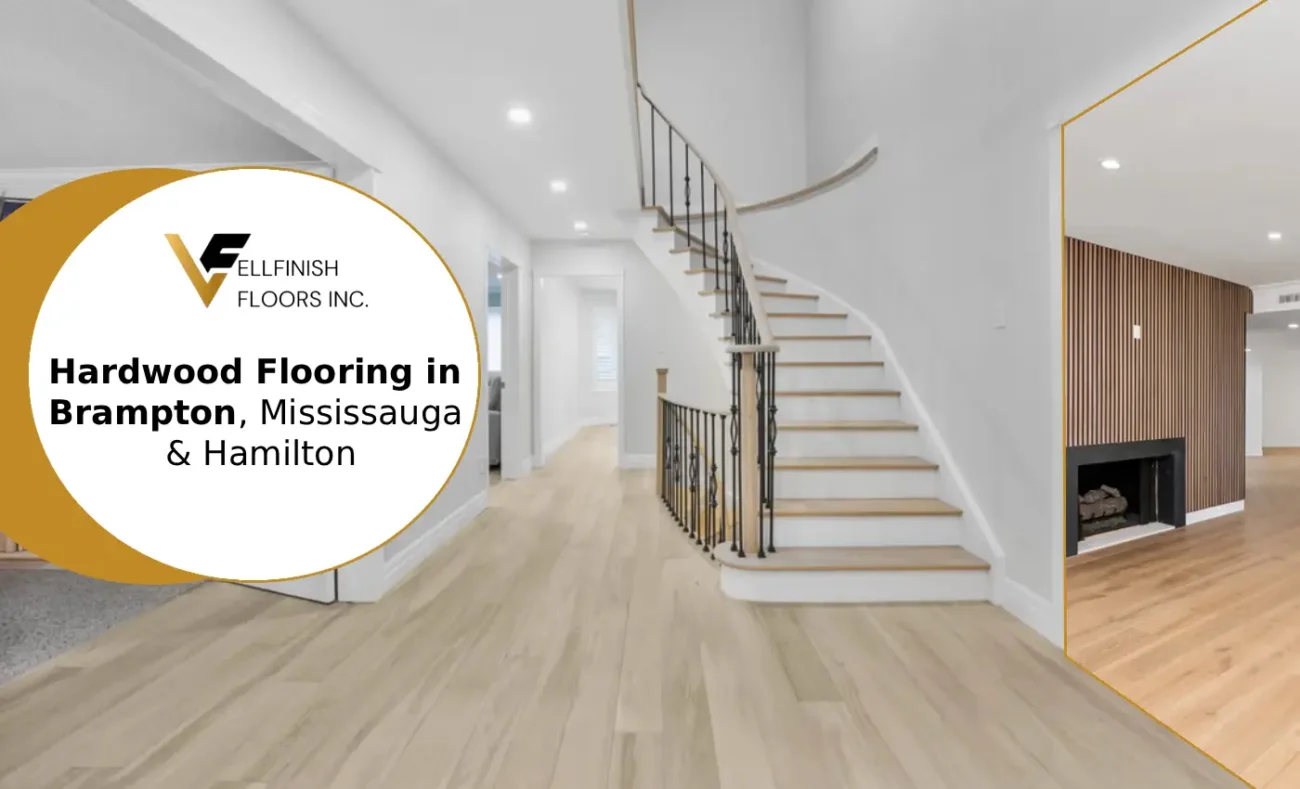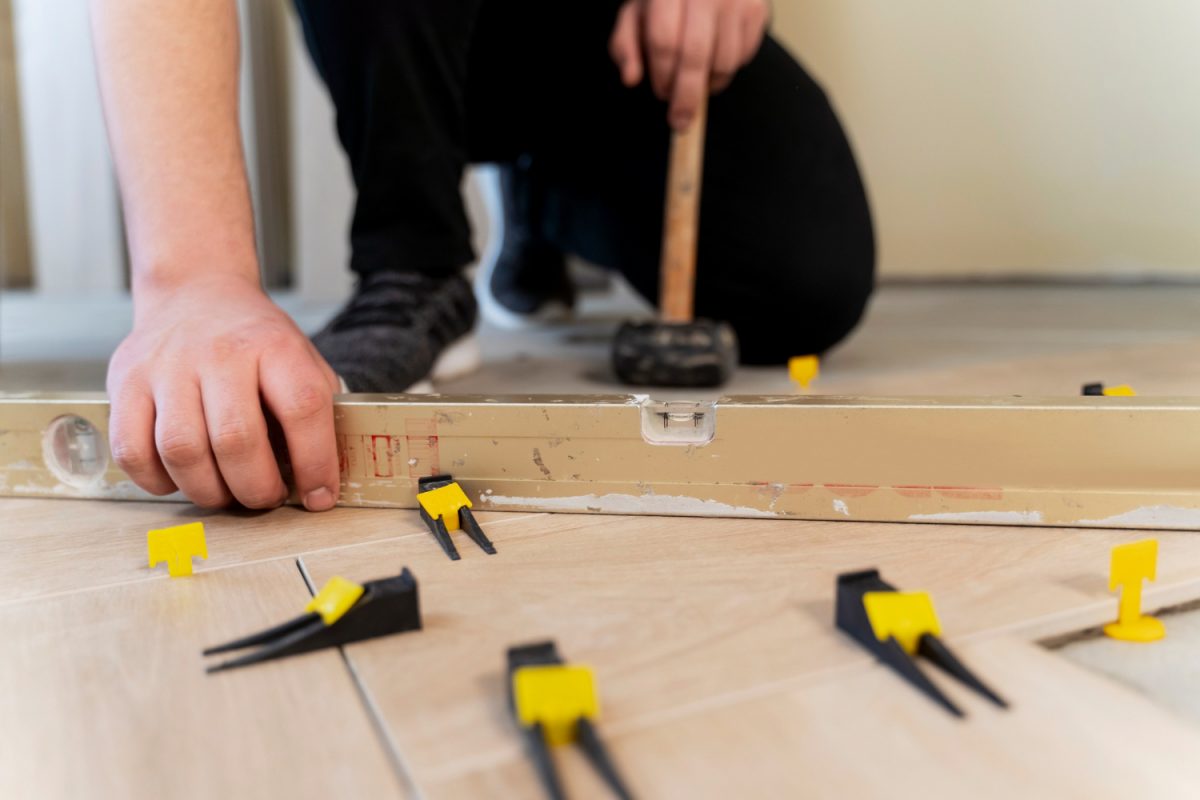Stairs installation: A Step-by way of-Step manual

Installing stairs is one of the most profitable yet complex carpentry obligations in home protection. Whether you’re replacing an antique staircase or building one from scratch, the manner requires cautious planning, unique size, and attention to element. In this step-by using-step guide, we’ll walk you via the important stages of stairs set up, from education to finishing touches.
Step 1: planning and Designing Your Stairs
Each a hit staircase installation starts offevolved with targeted making plans. You need to keep in mind:
- The upward push and run (the overall peak and intensity)
- The wide variety of steps
- The width of the staircase
- Constructing code compliance
Maximum local building codes require a maximum riser peak of seven.75 inches and a minimal tread intensity of 10 inches. Constantly test your nearby building rules before starting.
Also, decide whether or not the staircase may be instantly, L-shaped, U-formed, or spiral. The layout will affect substances and tools needed.
Step 2: degree the overall upward thrust
The “upward push” is the vertical distance between the lower floor and the top floor. Use a tape degree or laser stage to get the full upward push in inches.
As soon as you have got that quantity, divide it by means of the preferred riser peak (normally among 7 and seven.75 inches). Round to the closest whole quantity to determine how many risers (steps) you need. This step is essential to make certain every riser is uniform for secure and comfy use.
For instance:
- General rise = 96 inches
- Preferred riser peak = 7.5 inches
- 96 ÷ 7.5 = 12.Eight (spherical to thirteen risers)
Now, recalculate the exact riser top:
- Ninety six ÷ 13 = 7.38 inches
Step 3: Calculate the Tread depth
The tread is the horizontal element where you step. A comfy tread depth stages among 10 and 11 inches.
To calculate the whole run (horizontal length of the staircase), multiply the number of treads (which is one less than the variety of risers) through your chosen tread depth.
As an example:
- 13 risers = 12 treads
- 12 treads × 10 inches = 120 inches overall run
Make sure there’s enough space available for this run. If space is confined, take into account adjusting the staircase format or consulting a expert for custom answers.
Step 4: reduce the Stringers
Stringers are the diagonal supports that keep the treads and risers. You commonly want 3 stringers for trendy residential stairs: one on every end and one inside the middle.
Use a framing rectangular and stair gauges to mark the upward thrust and run on a 2×12 board. Cautiously cut along the strains with a circular saw and finish with a handsaw to keep away from overcutting.
Double-test the primary stringer for accuracy, and use it as a template to reduce the last stringers.
Tip: usually use pressure-handled or production-grade lumber for stringers for strength and durability.
Step 5: install the Stringers
As soon as all stringers are reduce, install them securely:
- Attach the pinnacle of the stringer to the header joist or upper touchdown using metal brackets or screws.
- Anchor the lowest to the floor the usage of concrete anchors (for basement flooring) or timber screws.
Make sure the stringers are perfectly level and equally spaced. Choppy installation will bring about a wobbly staircase.
Step 6: add the Risers and Treads
After securing the stringers, start attaching the risers and treads:
- Deploy risers first using construction adhesive and screws. These may be plywood or stable timber forums.
- Then install treads over the risers. Use timber glue and screws or nails.
Ensure every step is level before moving to the next. Sand any hard edges or choppy joints as you cross.
Step 7: set up Stair Railings and Balusters
Protection is prime, in particular for staircases greater than 3 risers high. Set up handrails and balusters (vertical supports) along the open facet(s).
- Attach posts at the top and backside of the staircase.
- Deploy the handrail, angling it to match the slope of the stairs.
- Flippantly space and installation balusters, securing them into the treads and the handrail.
Pick from wood, steel, or glass based totally in your indoors design fashion. Right set up ensures structural integrity and a pro appearance.
Step 8: finishing Touches
Once the stairs and railings are established, it’s time to feature the final touches:
- Sand the surfaces to put off splinters or tough spots.
- Fill screw holes with wooden filler for a easy finish.
- Observe a timber stain, sealant, or paint to suit your décor and guard the timber.
- Permit the finish to dry very well earlier than use.
Bonus recommendations for a success set up
- Double-test all measurements. Wrong calculations can result in unsafe or unusable stairs.
- Use first-rate substances. Keep away from warping or splitting by means of choosing excessive-grade lumber.
- Get assist if needed. Stairs installation may be a -man or woman job, mainly while lifting stringers or railings.
- Rent a seasoned for complicated designs. Spiral or floating stairs regularly require professional craftsmanship.
Very last thoughts
Installing stairs is an in depth, worthwhile task which could transform the float and capability of your property. Whether or not you are a seasoned DIYer or a homeowner operating with a contractor, expertise the process helps you’re making informed decisions and achieve lasting results.
From correct measurements to finishing prospers, every step counts. Take it slow, observe constructing codes, and never reduce corners—your staircase will serve you safely and stylishly for years yet to come.






